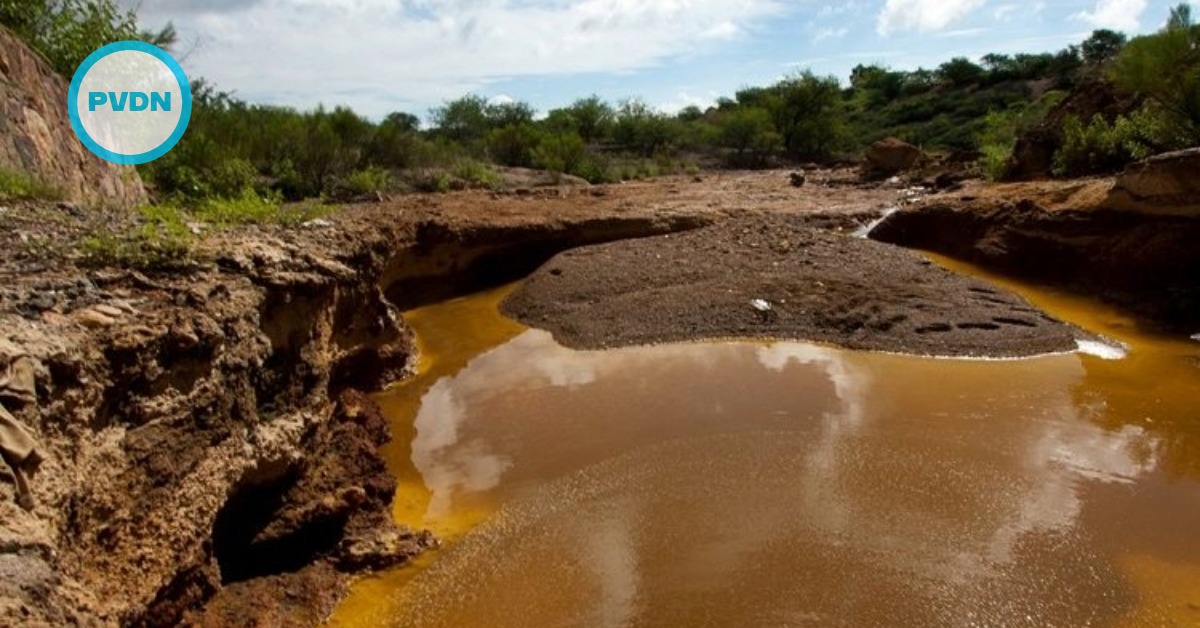Over the next 10 to 20 days, Mexico will endure the highest temperatures ever recorded, accompanied by significant pollution risks due to elevated ozone levels, experts warn. This extraordinary weather phenomenon is set to impact various regions, with temperatures in Mexico City (CDMX) expected to reach up to 35 degrees Celsius and San Luis Potosí potentially exceeding 45 degrees Celsius.






